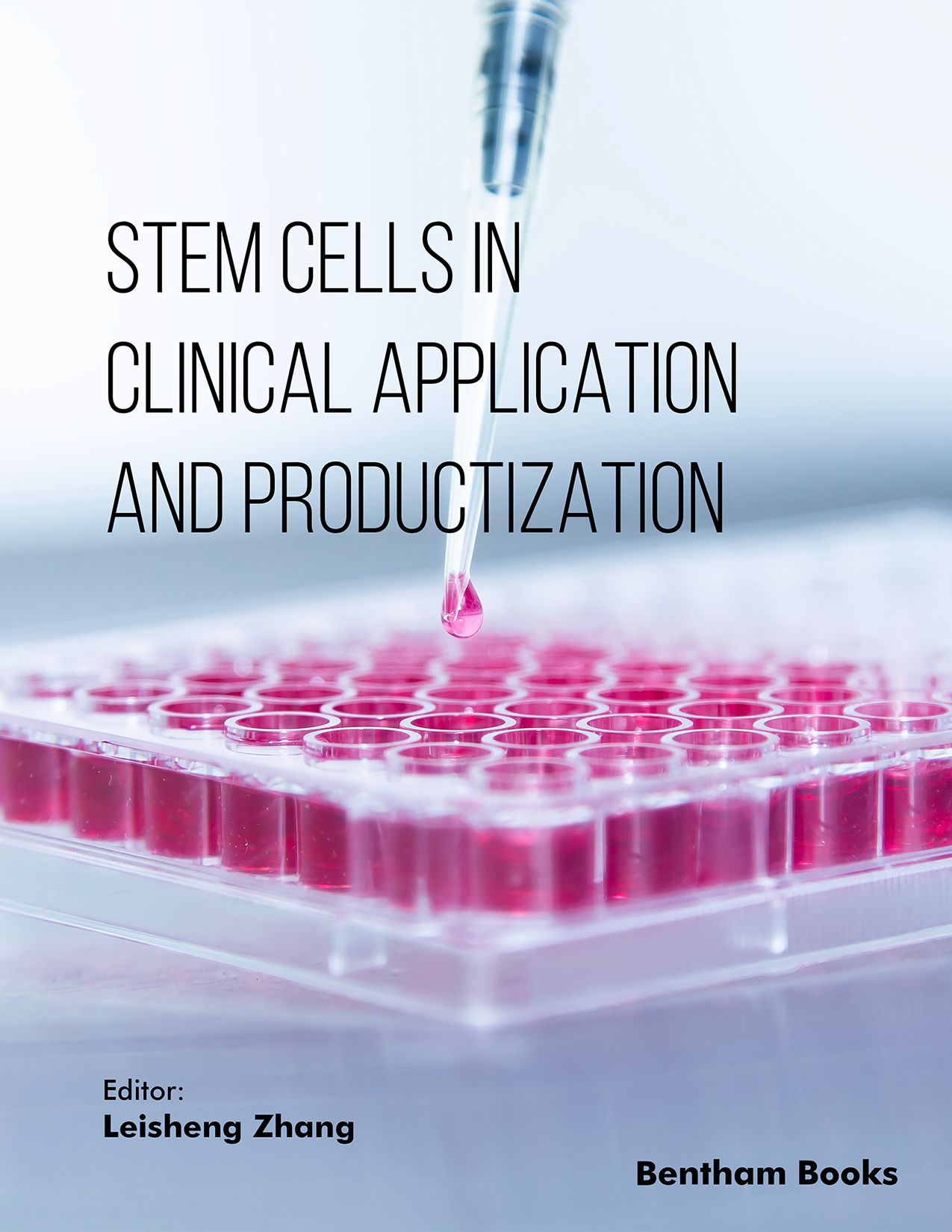Introduction
Stem cells with self-renewal and multi-lineage differentiation potential have potential for developing medicines for a range of refractory and recurrent disease. This book mainly focuses on the landscape of the biological properties and translational research of stem cells types, including hematopoietic stem cells (HSCs), neural stem cells (NSCs) and mesenchymal stem/stromal cells (MSCs).
The book also introduces readers to the current updates and development prospects of stem cells in singular or combination therapies with advanced biomaterials and technological innovations towards large-scale standardization and productization.
Key Features:
- - Introduces readers to stem cell biology and tissue engineering
- - Covers innovations in stem cell therapy and biomaterials
- - Includes a brief guide to commercialization of stem cell technology
- - Includes references for advanced readers
The contents will strengthen the reader’s understanding of stem cell-based therapies. This book is a primer on stem cell and regenerative medicine for a wide readership including students, healthcare professionals, researchers and general readers.
Readership
Students, healthcare professionals, researchers and general readers.

